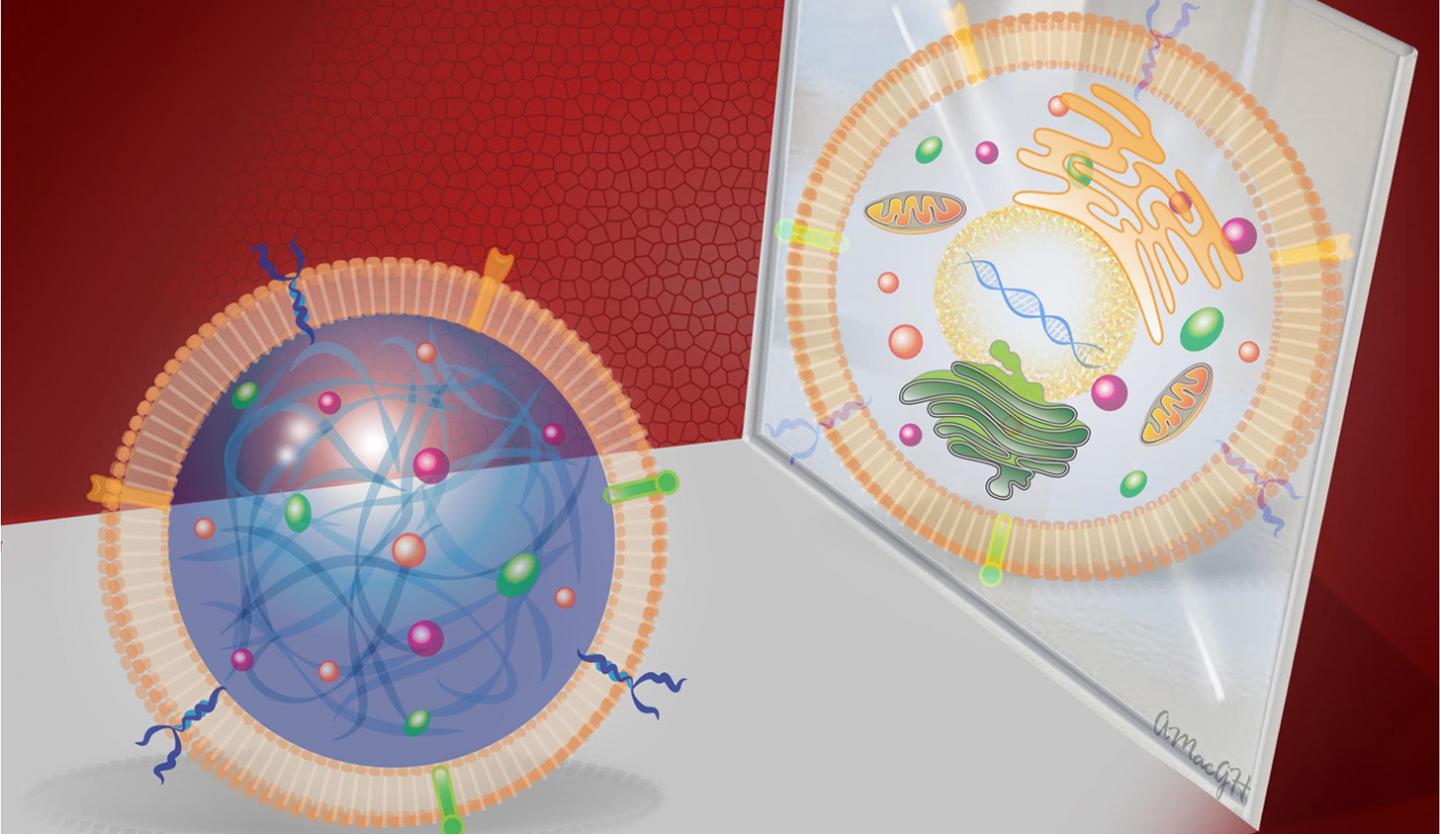Scientists have created the first synthetic version of a cardiac stem cell, offering therapeutic benefits comparable to those from natural stem cells — but without the risks and limitations, according to researchers from North Carolina State University, the University of North Carolina at Chapel Hill, and First Affiliated Hospital of Zhengzhou University in China.
The newly created synthetic stem cells cannot replicate. That means they could reduce some of the risks associated with natural stem-cell therapies — including tumor growth and immune rejection. The synthetic stem calls would also avoid the fragility of natural stem cells, which require careful storage and a multi-step process of typing and characterization before they can be used.


